Sulcorebutia (With Pot)
Original price was: ₹299.₹199Current price is: ₹199.
... people are viewing this right now
Description
- Dispatch in 2-3 days
- Country of origin: India
- It’s Compulsory to make an unboxing video of the parcel for refunds within 24 hours.
- With Pot
Sulcorebutia is a genus of small, globular cacti native to the high-altitude regions of Bolivia. These cacti are popular among collectors and enthusiasts for their compact size, beautiful flowers, and unique, textured bodies. They belong to the family Cactaceae and are closely related to the genus Rebutia.
Characteristics of Sulcorebutia
- Size and Shape: Sulcorebutia species are generally small, growing as solitary or clustered globular or cylindrical cacti. They typically reach up to 2-4 inches (5-10 cm) in diameter, making them ideal for small pots or rock gardens.
- Ribs and Spines: The body of Sulcorebutia cacti is characterized by numerous ribs that are divided into small tubercles or bumps. Each tubercle bears clusters of spines that can vary in color from white to yellow, brown, or black, depending on the species.
- Flowers: Sulcorebutia cacti are known for their vibrant, funnel-shaped flowers, which appear in spring or early summer. The flowers range in color from bright pink, red, orange, yellow, or white and are relatively large compared to the size of the plant.
Popular Species
- Sulcorebutia rauschii: Known for its purple or green body and distinctive spines, this species is particularly prized for its striking appearance.
- Sulcorebutia mentosa: Features green to brownish-green stems with short, white spines and vivid pink flowers.
- Sulcorebutia arenacea: Has a globular shape with dense, short, white to yellow spines and yellow or orange flowers.
Care Requirements
- Light: Sulcorebutia cacti thrive in bright, indirect sunlight. They can tolerate some direct sunlight, especially in the morning or late afternoon, but may need protection from intense midday sun, which can cause sunburn.
- Watering: Water Sulcorebutia sparingly, allowing the soil to dry out completely between waterings. Overwatering is the most common cause of problems, as it can lead to root rot. Reduce watering during the winter months when the plant is dormant.
- Soil: Use a well-draining cactus mix to prevent water retention. You can improve drainage by adding perlite, sand, or pumice to the soil.
- Temperature: Sulcorebutia cacti prefer temperatures between 60-80°F (16-27°C) during the growing season. They are more tolerant of cooler temperatures than many other cacti and can survive brief periods of frost, though prolonged exposure to cold should be avoided.
- Fertilizer: Feed Sulcorebutia with a cactus-specific fertilizer diluted to half strength during the growing season (spring and summer). Fertilize once a month, and avoid feeding during the dormant winter period.
- Propagation: Sulcorebutia can be propagated by seeds or by offsets, which are small pups that grow around the base of the parent plant. Offsets can be carefully removed and replanted in well-draining soil.
Growing Tips
- Repotting: Sulcorebutia cacti are slow-growing and do not need frequent repotting. Repotting every 2-3 years in spring, when the plant is coming out of dormancy, is sufficient.
- Air Circulation: Good air circulation is essential to prevent fungal infections and pests. Avoid overcrowding plants, especially in humid environments.
- Avoid Excess Humidity: Sulcorebutia species are native to arid environments, so they do best in dry conditions. Avoid placing them in overly humid areas.
Benefits of Growing Sulcorebutia
- Compact Size: Their small size makes Sulcorebutia perfect for windowsills, small pots, and succulent arrangements.
- Vibrant Flowers: The bright and colorful flowers add a cheerful touch to any collection.
- Low Maintenance: Sulcorebutia cacti are generally easy to care for, making them suitable for beginners as well as experienced collectors.
Sulcorebutia cacti are a wonderful addition to any succulent or cactus collection, offering a unique combination of form, color, and resilience.

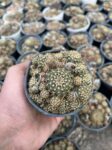
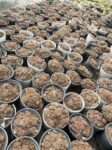
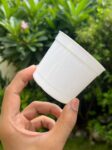







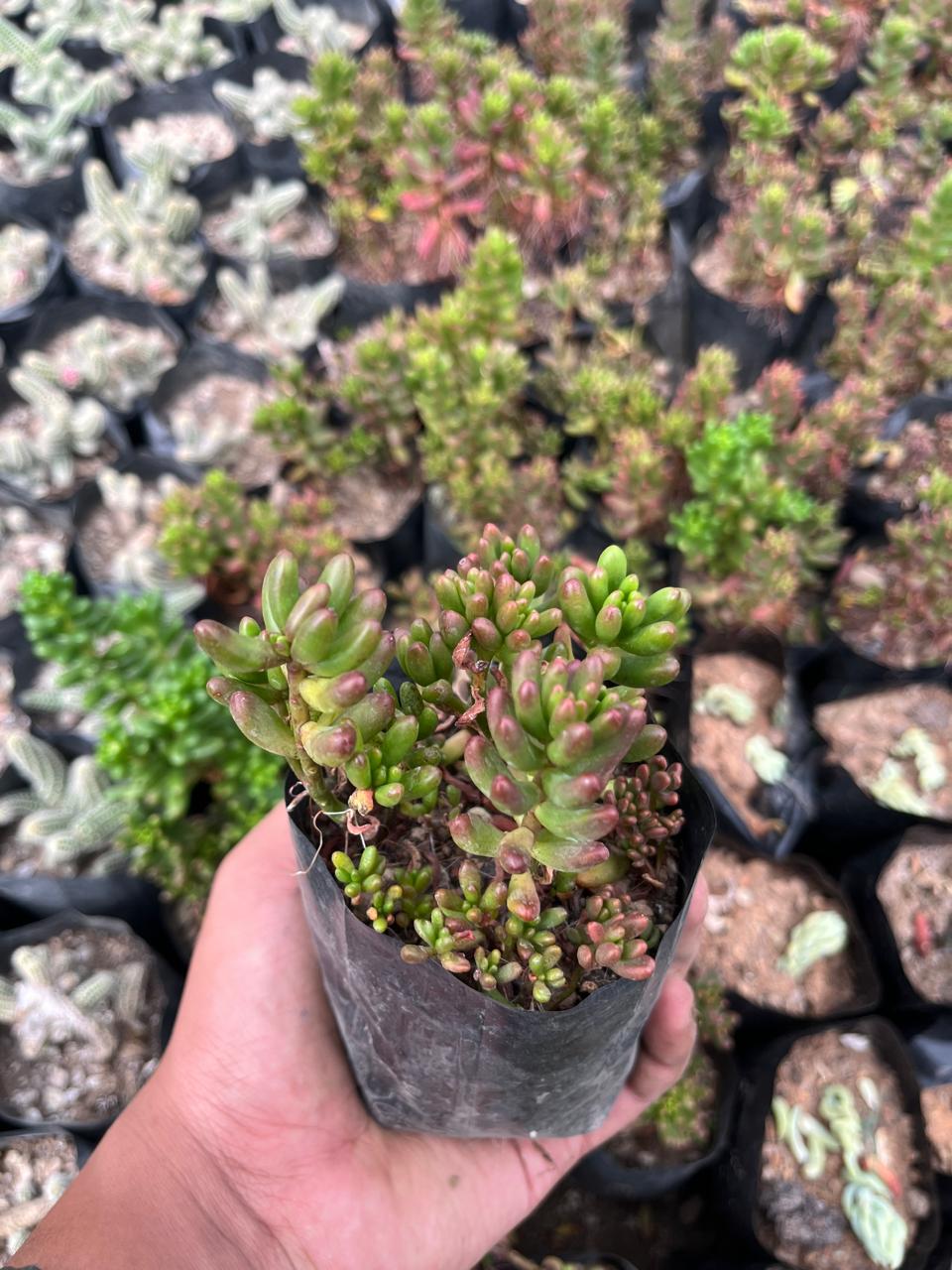


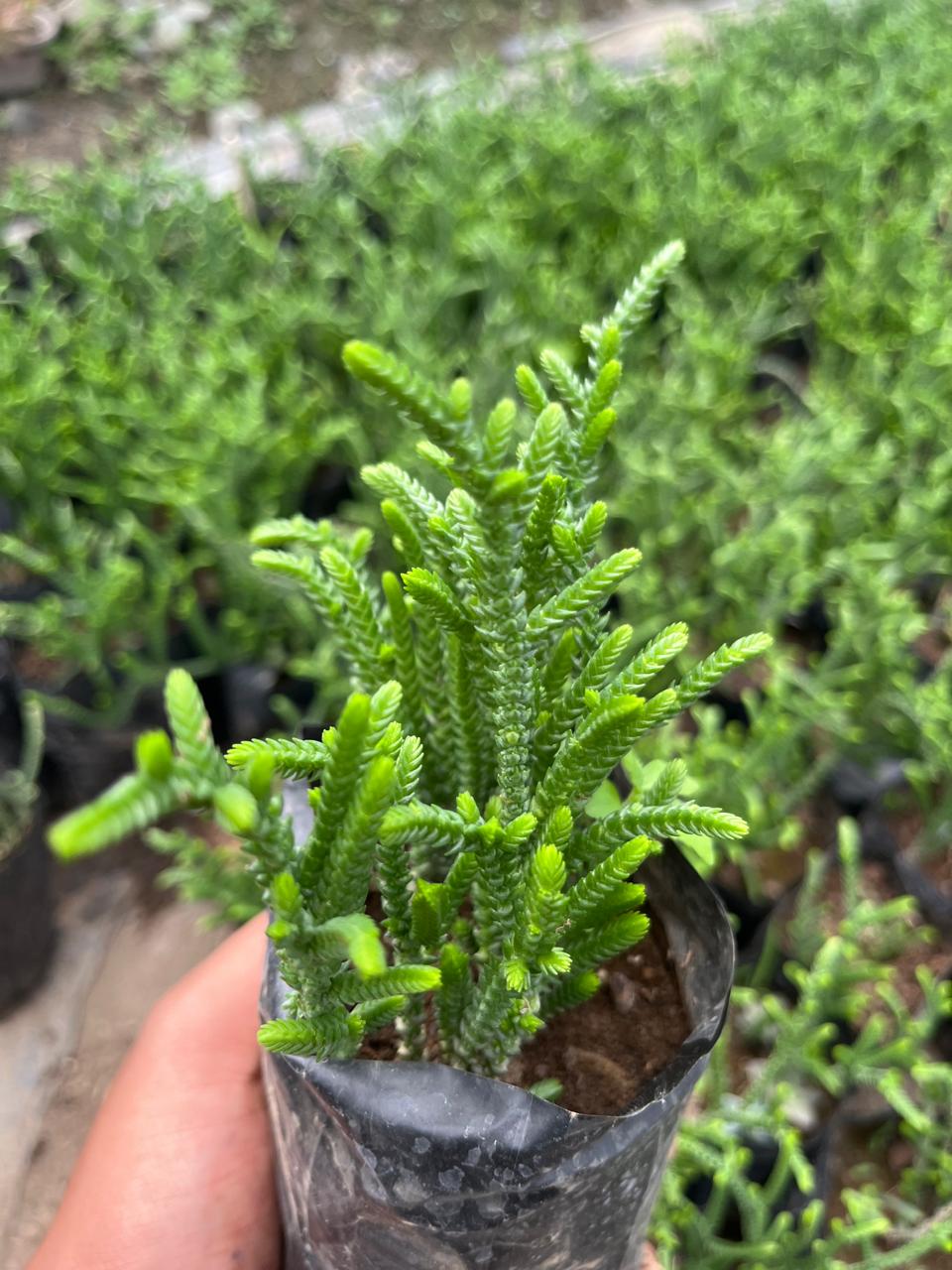

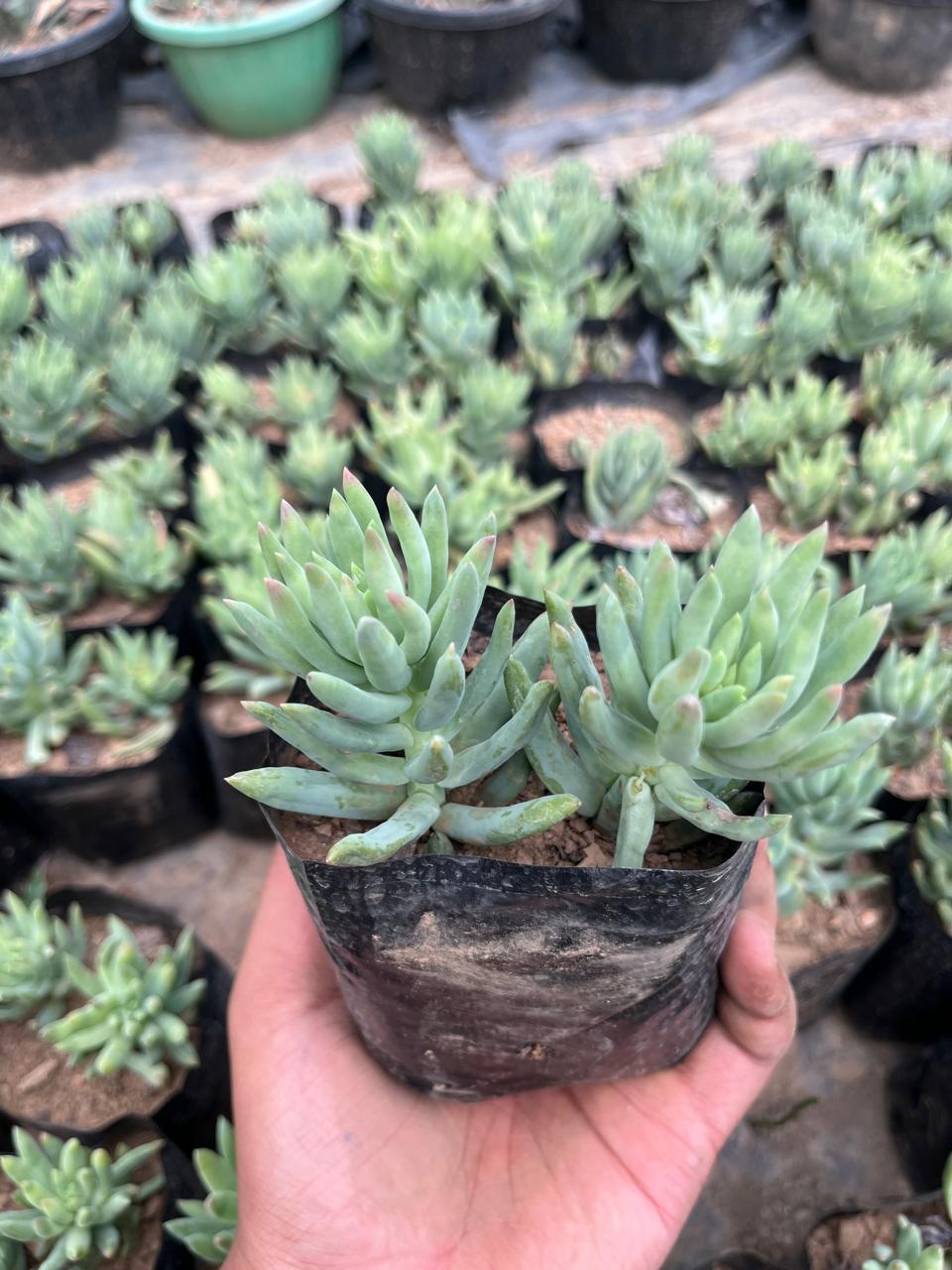









Reviews
There are no reviews yet.